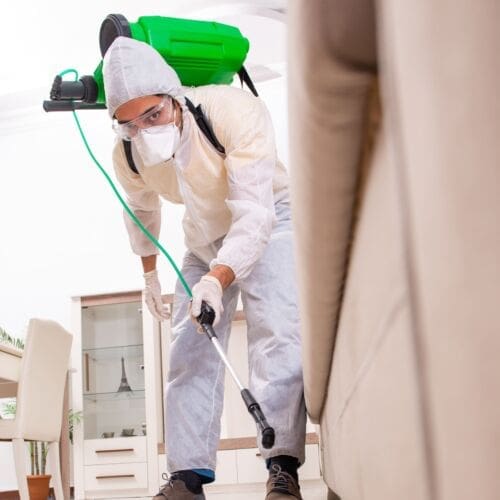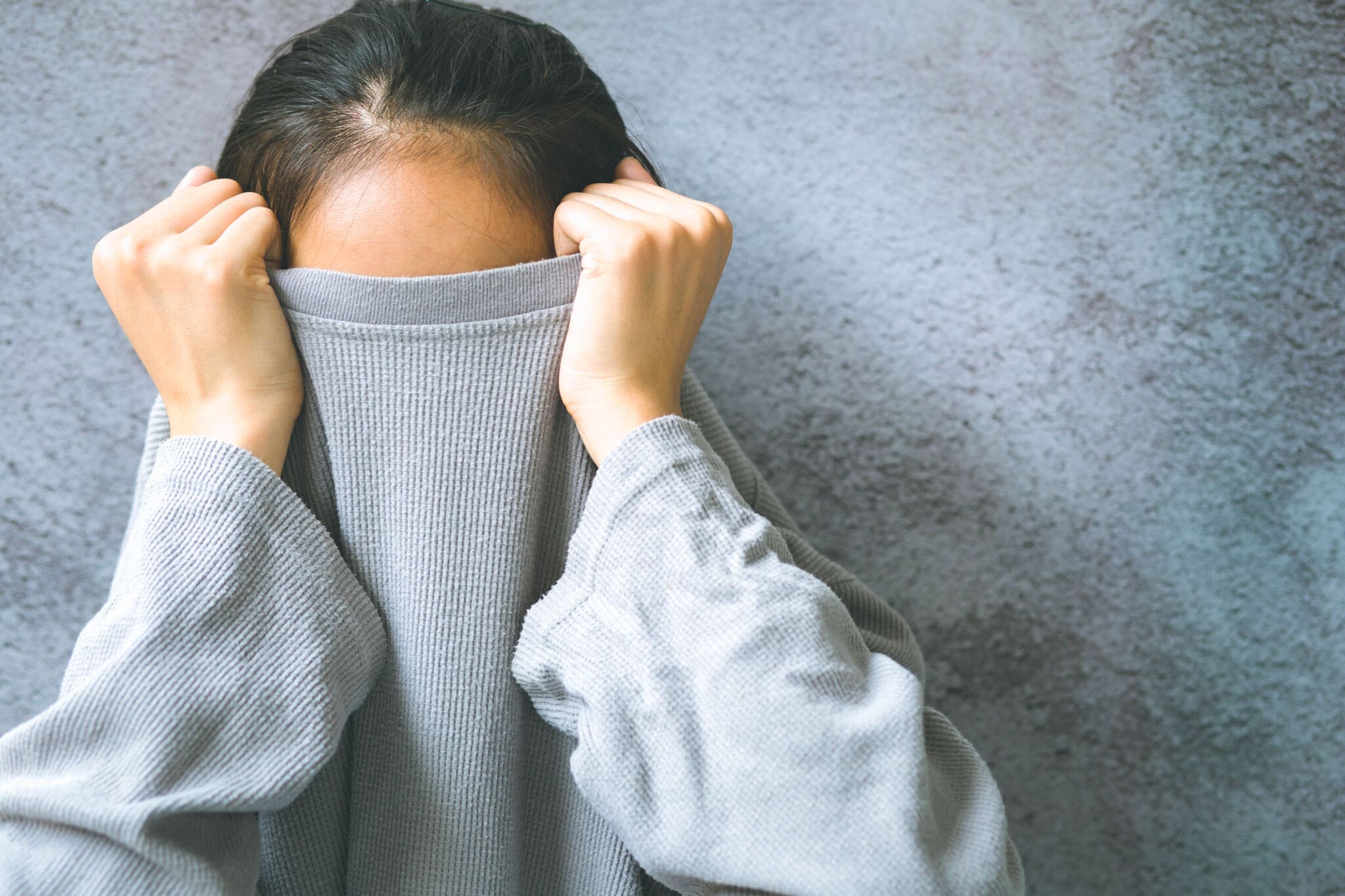In this article
What is Pest Control?
Pests are unwanted organisms, such as insects, rodents, other animals, plants and fungi that can cause harm to human health, the environment or property. Pests can carry diseases, which can make humans and other animals ill, cause damage to property (e.g., by eating it) or interfere with agricultural production (e.g., in farming).
Pest control refers to detecting, managing or eliminating these pests. Pest control is important for protecting people’s health and safety, keeping food safe and protecting property. Some common areas where pest control is used include:
- Homes and buildings
- Agriculture (to protect crops)
- Food processing and storage areas
- Hospitals and health care facilities (to prevent infection and contamination)
- Transportation systems (e.g., planes, ships and trucks)
- Restaurants and commercial kitchens
Pest control can be reactive, meaning it occurs only when a pest infestation is already present. For example, if you notice ants, termites or mouse droppings in your home or business, you might call a pest control worker or an exterminator to help get rid of the pests.
However, once a pest has established itself, the population can be difficult to control and the pests may cause significant damage before they are eliminated. For this reason, many pest control methods are pre-emptive. Pre-emptive measures are a type of preventative pest control that is designed to prevent pests from establishing themselves in the first place. These measures can protect and safeguard humans, property and objects from pests.
Preventative pest control can be simple, everyday things that many people already do, such as always keeping bins covered, not leaving food out and following good cleaning practices. Preventative pest control can also be more sophisticated, such as using natural pest deterrents, such as planting certain plants to repel pests (i.e., marigolds), releasing ladybirds into the environment or using chemical pest controls, such as spraying insecticides or pesticides. Preventative pest control can be part of a long-term pest management plan. This is particularly common in agricultural, manufacturing and food settings.
In industrial and agricultural settings, pest control is designed to manage the population of pests to keep them below the economic threshold. The economic threshold is the population level of the pest, the amount of damage they will cause (i.e. to crops) and the financial losses associated with this compared to the cost of pest management.
Almost every type of crop grown around the world can be damaged or destroyed by pests. The Food and Agriculture Organisation (FAO) estimates that thousands of millions of dollars are lost every year because of pests and at least 10% of the world’s crops are destroyed by pests. As well as destroying crops, pests also carry infections and diseases that are dangerous to humans and these diseases can infect food sources and potentially cause harm.
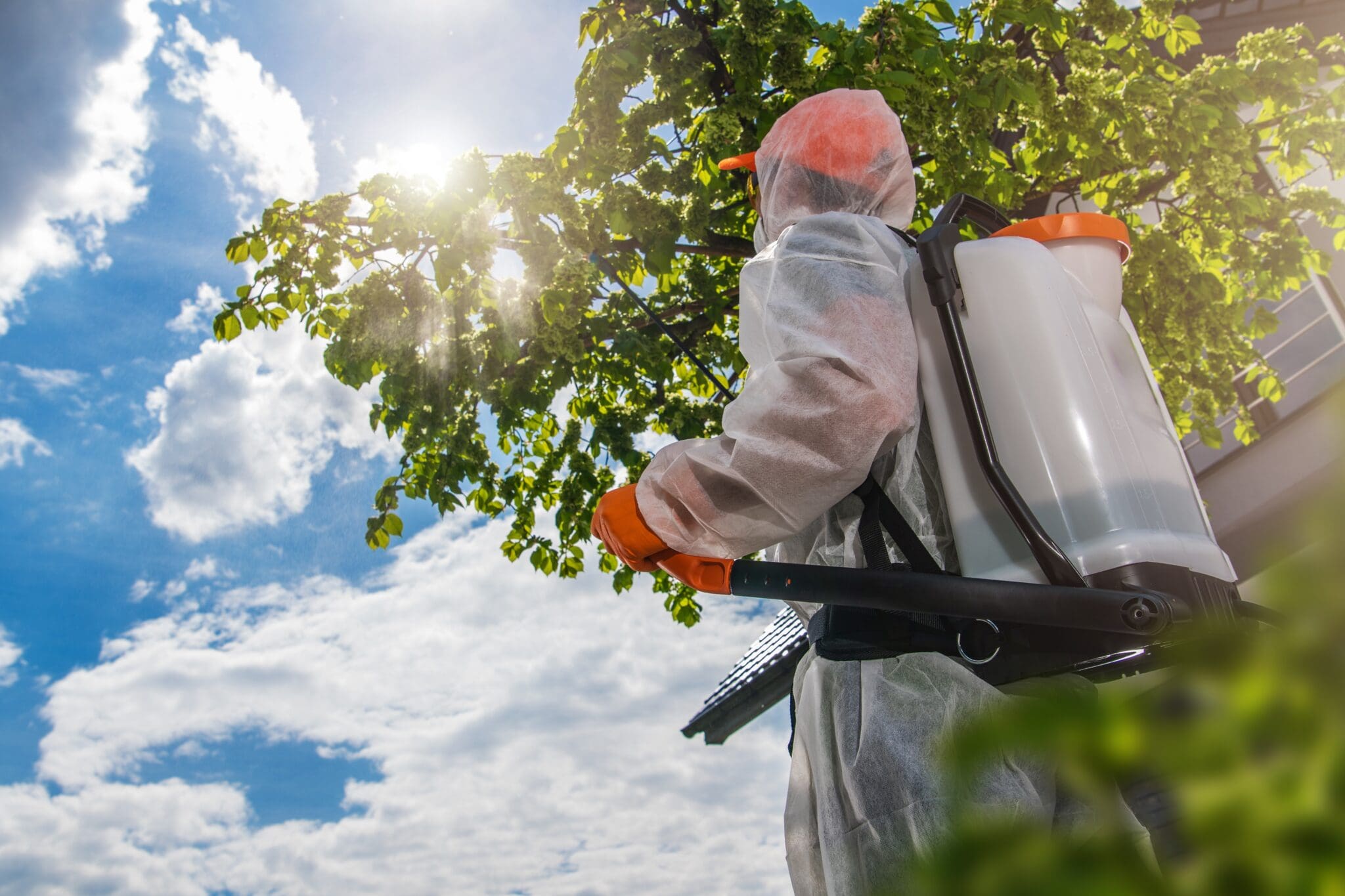
What are the Methods of Pest Control?
Pest control methods can usually be placed in one of three categories:
Chemical Pest Control
Chemical pest control uses pesticides and other chemicals to kill or deter pests. Chemical pesticides are most commonly used in agriculture to protect crops from being damaged or destroyed by pests. There are many different types of chemical pesticides, depending on the type of pest that is being targeted and what it is being used for. The most common types are:
- Insecticides: Insecticides target insects, such as aphids, mites and beetles.
- Herbicides: Herbicides kill weeds and other unwanted plants. They are commonly used to kill plants that compete with or kill crops.
- Fungicides: Fungicides help to prevent or get rid of fungal infections on plants.
- Bactericides: Bactericides help to kill bacteria and prevent infections.
- Rodenticides: Rodenticides help in the management of rodents, specifically mice and rats (although this is strictly regulated in the UK).
- Fumigation: Fumigation uses gas or vapours to kill certain pests in enclosed spaces (i.e., in a house).
- Repellents: Repellents are designed to deter pests from entering or staying in a particular area.
Chemical pest control can also target pests in different ways. Some are selective, meaning they target a specific type of pest to reduce the impact on other organisms, whereas some are broad-spectrum, meaning they target a range of pests at the same time. While this can be beneficial for large infestations, it can also harm other non-pest plants and insects.
Some chemical pesticides work by killing the pest when they come into contact with them, whereas others are absorbed by the plants and target pests that feed on them. Chemical pesticides can be applied while the crops are growing, to prevent them from being damaged or destroyed by pests, or post-harvest, to prevent them from being eaten by insects or organisms that create mould, during transportation and storage.
Although chemical pest control can be effective in preventing and eliminating pests and is often cost-effective, there are some disadvantages to be aware of. Chemical pesticides can negatively affect the environment, particularly if they are overused or used incorrectly, as this can accidentally target plants and insects that are not pests. Prolonged exposure to chemical pesticides can also have health risks for both humans and animals, with some people even refusing to eat food that has been treated with chemical pesticides. There are also concerns about the effectiveness of pest control long term. Just like bacteria can develop a resistance to antibiotics, pests can develop a resistance to chemicals, which can result in them being ineffective long-term.
Physical Pest Control
Physical pest control helps to manage pests without using chemicals. It typically involves changing the environment or using traps or barriers to prevent pests from entering a space. Physical methods are usually chosen by people who want to reduce the environmental impact of pest control. The most popular methods for physical pest control are:
- Physical barriers – Physical barriers are one of the most environmentally friendly ways of pest control, as they involve no chemicals and no harm to the insects or animals. Physical barriers help to prevent pests from entering a space, for example, by sealing the entry points. Common examples include sealing cracks in walls, filling in the gaps in windows and doors and using screens or netting to cover windows and vents. In soil, mulch can be used as a natural physical barrier to soil-borne pathogens.
- Traps – Traps are what many people think of when they think of pest control. They can be used for capturing rodents and insects and can be adhesive-based (i.e., glue traps) or use UV light. However, it is important to be aware that self-locking snares and glue traps for rodents are illegal in the UK. Additionally, the law states that non-pest animals must be protected from lethal traps. There is an increased awareness that traps can be cruel and can cause the animals unnecessary suffering, so many people now turn to humane traps, which offer a way to capture and relocate pests without killing them.
- High-pressure water spraying– Spraying plants with high-pressure water is an effective way of removing pests, such as aphids and insects, from plants, without using harmful chemicals.
- Temperature control– Extreme temperature is an effective way of managing pests that are sensitive to heat, particularly in the home. Materials that are infested with pests are treated accordingly. For example, hot treatments can help to kill bed bugs and freezing property infested with moths can help to kill them.
- Ultrasound – Although not common in households, ultrasound is often used in environments such as warehouses and factories. Ultrasound devices produce high-frequency sounds that can be heard by bats, rodents and some insects. The sound can help to disturb the pests and deter them from entering the building.
Physical pest control methods are usually more environmentally friendly than chemical methods, as they do not use harmful chemicals that can affect human health and disrupt ecosystems. Some physical pest control methods are also more ethical to the living creatures we consider pests, as they aim to prevent infestations rather than killing the pests. Additionally, because they usually only need to be implemented once, they are often more cost-effective than other methods. However, for certain environments, such as farms, physical pest control methods may be less effective and more time-consuming to implement.
Biological Pest Control
Biological pest control focuses on natural methods of pest control, without the use of chemicals or artificial controls. It typically involves using natural predators or pathogens that can help to maintain the balance of the ecological system and manage the population of pests without impacting the environment, hurting non-pest animals or plants or reducing the pest population to harmful levels. Biological pest control is most commonly used in agriculture, forestry, orchards, greenhouses and allotments.
The predators or pathogens are released into the environment and target the pests in a way that is natural. It leaves other living things unharmed, is sustainable (as it offers long-term pest management) and isn’t harmful to humans (e.g., it doesn’t expose human food sources to potentially harmful chemicals). Examples include:
- Insects – Non-pest insects, such as ladybirds and beetles, eat certain pest insects, helping to reduce the population of pests.
- Other living things – Spiders and worms are other examples of living creatures that can help control the pest population.
- Microorganisms – Microorganisms, such as bacteria, fungi and some viruses, can be released into the environment (e.g., into the soil) and can help to kill certain pests.
- Natural substances – Natural substances, such as neem oil, can act as a natural repellent to some pests.
- Semiochemicals – Non-toxic chemicals, such as pheromones, can be released into the environment to prevent pests from mating and can help to reduce the population.
Biological pest control can include introducing a pest’s natural enemy to the environment. This enemy, usually a natural predator or pathogen, would not have been previously present in the environment and in most cases, is required because the pest is not native to the environment and, therefore, there are also no natural predators in the environment. The non-native pests may be affecting the balance of the ecosystem and the pest population may be out of control.
To introduce the correct predator, the type of pest must first be identified. When choosing the best predator to introduce to the environment, it is necessary to consider whether the predator will cause any harm to the environment or disrupt any non-target species. If it is concluded that the predator will cause no harm, it can then be released into the target environment, where it will begin to control the pest population over time. While this can be a slow process and doesn’t usually offer immediate results, it offers a long-term method for controlling pests.
Another common type of biological pest control is augmentative pest control. This is when the natural enemy of the pest (e.g., the predator) is already present in the environment, but the population is too low to effectively manage the pests. More of the organisms are released into the environment either in large numbers, for quick pest control, or in small numbers for slower, long-term pest control. Alternatively, no new organisms are released into the environment, but the existing population is conserved. For example, you can improve the environment by planting foods they eat, providing sources for nectar or providing shelter.
Biological pest control usually needs to be done multiple times to ensure the predator effectively establishes itself. It also requires careful monitoring and can be expensive. However, biological pest control can not only be effective in managing pests, but it can also be conservational, in that it ensures that beneficial organisms survive and can help to maintain the balance of the ecosystem.
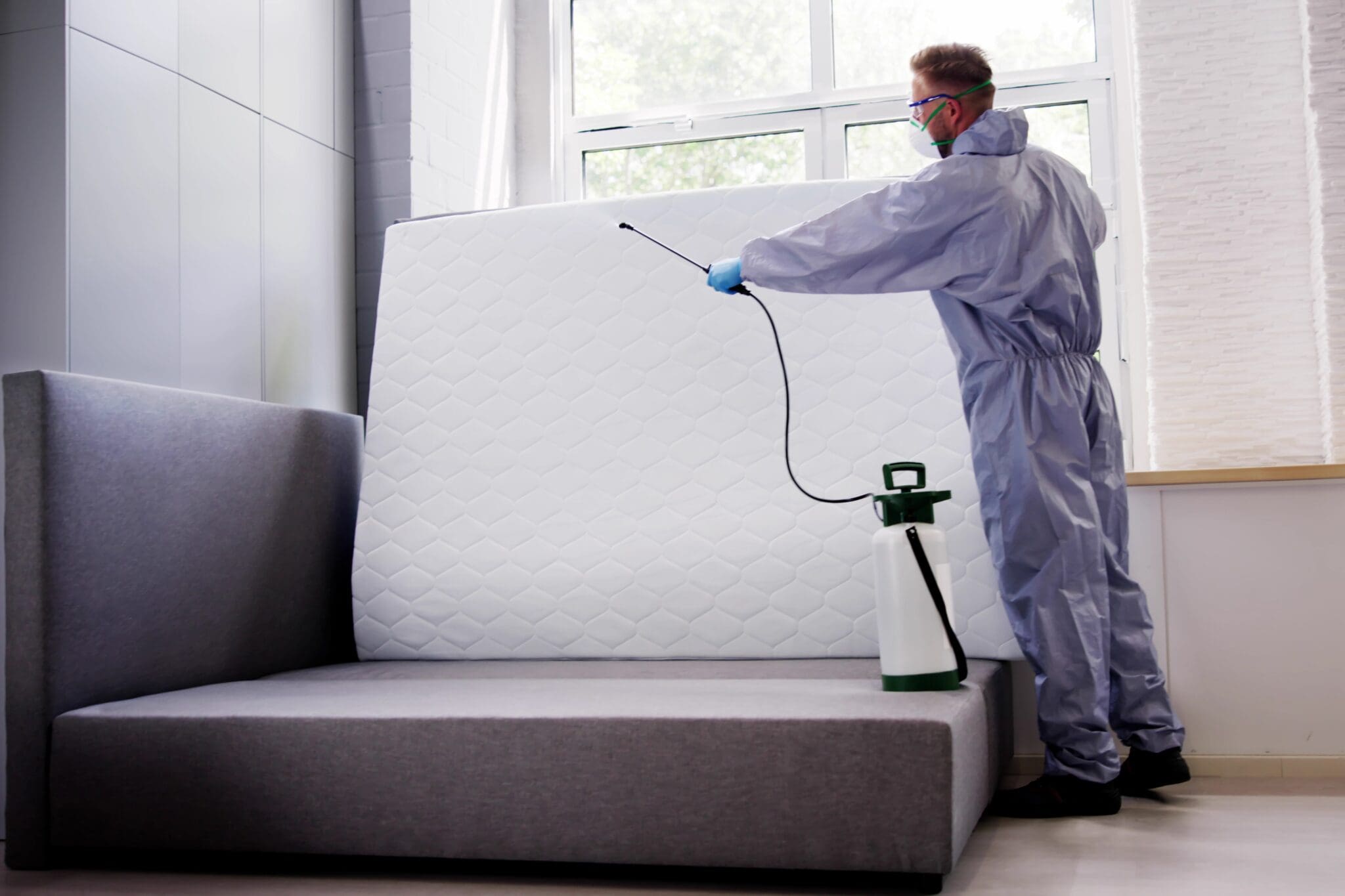
Types of Pests
When many people think of pests, the first thing that comes to mind is the type of pests you might see in your home or neighbourhood, for example, rats, mice and insects. However, in reality, there are many different types of pests. A pest is any type of animal, insect, plant or fungus that negatively impacts human activities or the environment. This includes:
Insect pests
Insects are the most common type of pests. Examples include:
Cockroaches: Thrive in warm, moist areas and contaminate food.
Ants: Invade homes and food storage areas.
Termites: Damage wood and building structures.Mosquitoes: Bite humans and spread diseases.Flies: Spread bacteria and contaminate food.
Bed bugs: Feed on human blood and are difficult to eliminate once they are in your house.
Remember, not all insects are pests and many insects are actually beneficial to the ecosystem.
Rodents
Rodents can cause structural damage and spread diseases. The most common types of rodent pests are rats and mice. These pests can chew through wires, pipes and insulation and contaminate food with droppings and urine.
Plants
Plant pests are unwanted plants that compete with crops or decorative plants for nutrients, sunlight and water. These pests may outcompete crops, disrupt ecosystems (particularly if they are invasive) or be toxic to humans, animals or other plants. Common examples include:
Weeds: Weeds grow where they are not wanted and outcompete desired plants. Common examples include dandelions and bindweed.
Invasive plants: These are non-native plants that spread quickly and outcompete native species and disrupt the ecosystem.
Toxic plants: Toxic plants contain harmful substances that can cause injury, illness or even death if they are ingested or come into contact with the skin. Examples include poison ivy and poison oak.
Birds
Birds can become pests when they damage property or crops or pose a health risk. Examples include pigeons, as their droppings can corrode buildings and spread diseases, and starlings that can invade structures and contaminate areas.
Animals
Wildlife that interfere with human activities can be considered pests. Examples include squirrels, which can chew on wires and invade attics, and bats, which can carry rabies and roost in buildings.
Fungal pests
Fungi can damage plants or stored products and make food unsafe to eat. Examples include mildew, rust and blight.
Microbial pests
Microbial pests are harmful microorganisms that affect plants, animals or stored foods. Examples include bacteria such as Erwinia, which can cause plants to rot, and viruses such as the Tobacco Mosaic Virus in plants that can cause discolouration and mottling, stunted growth and misshapen fruits.
Stored product pests
Insects or organisms that infest and damage stored food or grains are considered pests. Examples include weevils, grain beetles and moths.
It is important to note that not all insects and rodents are pests. Some insects can actually be beneficial to the ecosystem and can help to protect plants from pests. For example, ladybirds feed on pests such as aphids and mites, which can kill plants, and bees help to control the population of small flies and caterpillars.
It is also important to be aware that certain animals are protected under UK laws. For example, bees and bats are protected species in the UK and killing, injuring or capturing them or damaging or destroying their roosts may be illegal.
What is a Good Way of Deterring Pests?
Pre-emptive pest control methods that deter pests are usually better than reactive methods. A good way of deterring pests depends on the type of pest and the environment (e.g., a home, a warehouse, a farm, etc). General strategies for deterring pests include:
- Keep the environment clean – Many pests are attracted to food, grease, moisture and unclean environments. To help prevent pests such as ants, flies and mice, wipe down counters and floors regularly, store food in sealed containers, keep bins covered and take rubbish outside regularly, as a clean environment can prevent pests from being attracted to the area. It can also be helpful to reduce clutter, as pests can hide and breed undisturbed in cluttered areas where people can’t see them.
- Eliminate water sources – Certain types of pests, such as mosquitoes and cockroaches, need moisture to survive and will be attracted to water, particularly stagnant water. To deter pests, fix any leaking pipes or taps, avoid letting water stagnate in trays, pots or other containers and use dehumidifiers in any damp areas, such as cellars and basements.
- Seal entry points – Sealing entry points can stop pests from entering buildings in the first place. It is recommended to close any gaps around doors, windows and the foundations of buildings, install screens or nets on windows and use door sweeps.
- Use natural deterrents – Certain smells and substances repel pests and can prevent them from coming near your property. For example.
- Peppermint oil: Repels mice, spiders and ants.
- Citrus peels or vinegar: Repel ants and roaches.
- Garlic spray or neem oil: Deters garden pests.
- Lavender, mint and rosemary: Repel insects.
- Marigolds: Deter nematodes and aphids.
- Inspect regularly – Inspecting the area regularly can help you detect signs of pests earlier and prevent the issue from escalating into an infestation. As part of your inspection, check for droppings, chew marks or nesting materials and inspect food storage areas, lofts, basements and attics.
- Outdoor maintenance – Maintaining your garden can help keep pests from nesting near your home. Trim trees and shrubs away from buildings, keep grass short and remove debris piles and avoid letting mulch touch the foundations of your home.
Remember, in the UK it may be illegal to disturb, damage, destroy or prevent access to an animal’s habitat, particularly if that habitat is used for shelter or breeding. For example, it is illegal to disturb the habitat of bats in the UK, even if they are living in your house.
Which Pest Control Method is Best?
When implementing pest control measures, the first step is to identify the type of pest that is present or that the environment is at risk of. Once the type of pest or pests has been identified, you then need to identify the extent of the infestation or the potential risk of infestation. To do this, you should carefully inspect the environment, including identifying what could attract pests (e.g., certain plants or crops, an unclean environment or humid conditions) and the type of pests you are at risk of (or already have for current infestations). This can help you identify the best method of pest control.
There is not just one, universal method for pest control. What works best for you will depend on many different factors. When choosing the best pest control method, there are several things to consider, including:
- The cost of pest control.
- Whether you are implementing preventative or reactive pest control.
- The severity or potential severity of the infestation.
- The type of environment (e.g., a home, warehouse, farm, allotment or public building).
- The type of pest control (i.e., chemical, physical or biological).
- The risks associated with each method of pest control (e.g., the environmental impact).
When choosing the best pest control methods for you, it can be helpful to consult the British Pest Control Association (BPCA), which can give you advice on any laws you need to be aware of, information about their pest and whether you need to consult a professional pest controller.
Many people find that the most effective way to manage pests is to choose an integrated pest management (IPM) strategy. This is where multiple methods are used together in a pest management strategy that is completely tailored to the environment. For example, you may choose to implement physical methods, such as ultrasound and physical barriers, alongside biological pest control. This can help you to manage pests more effectively, whilst overcoming the potential negative aspects of each pest control method. Integrated pest management methods are usually the most effective long term.
Regardless of the type of pest control you choose, it is important to monitor it regularly to ensure it is still working effectively and no adjustments are needed. Remember, some pests can adapt to the methods you choose. For example, some pets can become resistant to chemicals or may find their way around physical barriers.
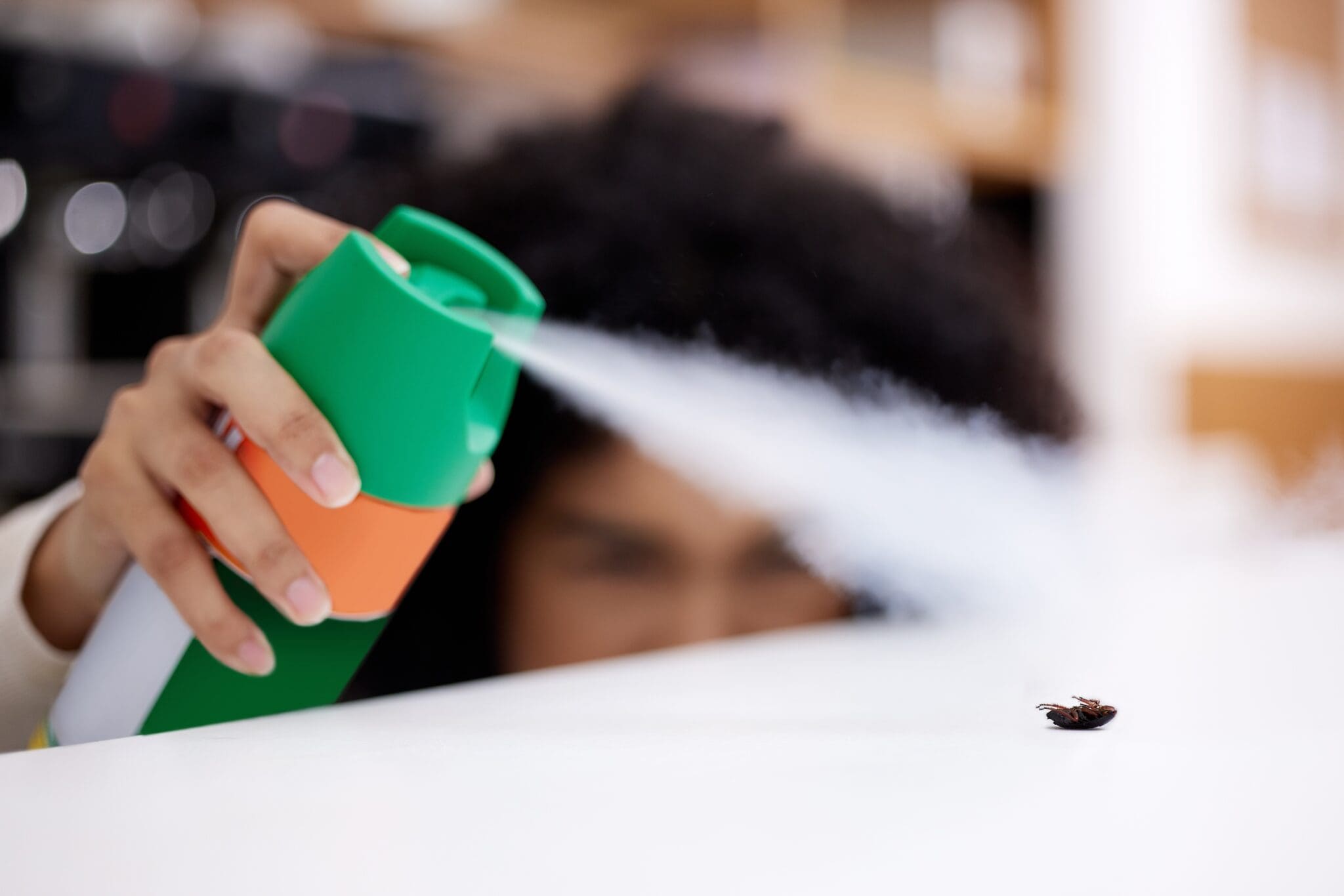
The Laws Surrounding Pest Control
There are several laws surrounding pest control in the UK, with some laws designed to protect the environment and the ecosystem, some designed to protect human health and some designed to protect non-pest organisms.
When implementing pest control measures, it is important to be aware of what is considered a pest. If you are attempting to trap or kill animals, this is only permitted for certain animals. For example, you cannot attempt to trap or kill bats or bees.
Not every law applies to every person dealing with pests. Some laws will be specific to businesses or certain industries, such as farming and agriculture, and some will be specific to certain people, such as landlords.
Some of the laws and regulations to be aware of include:
- The Prevention of Damage by Pests Act 1949 – This act gives local authorities and businesses permission to implement pest control methods if there is a significant risk that the pest will cause damage or harm to human health. For example, landowners, occupiers and local authorities must keep land free from rats and mice. The act also covers landlords and ensures they have a legal responsibility to keep the properties they own pest-free.
- The Home (Fitness for Human Habitation) Act 2018 – Under this act, landlords are legally required to provide a living environment that is free from pests. If a tenant reports an issue, the landlord must take sufficient action within a designated amount of time.
- The Food Safety Act 1990 – The Food Safety Act helps to protect food from pests. It highlights the potential health risks related to contamination from pests (e.g., mice, flies and insects) and the risk of biological organisms that can cause mould. Under this act, any food business must take appropriate measures to protect food and keep food handling equipment, surfaces and environments pest-free.
- Control of Substances Hazardous to Health (COSHH) Regulations 2002 – The COSHH regulations specify how individuals and businesses, including pest control companies, manage pests and the substances and chemicals they are allowed to use. For example, chemicals, such as pesticides, can be harmful to humans, so they must be used in a way that does not pose a risk. For example, if spraying chemicals, it is important to ensure that the spraying is targeted.
- Control of Pesticides Regulations 1986 – These regulations control the sale, supply and use of pesticides, including rodenticides and insecticides. Under these regulations, only approved and correctly labelled pesticides can be used and professional users must be trained and certified.
- The Wildlife and Countryside Act 1981 and the Conservation of Habitats and Species Regulations 2017 – Under these laws, it is illegal to deliberately kill, injure or capture protected species, such as a bat, or to damage, destroy or obstruct their roosts. Violating these laws in any way (even if the bats are roosting in your home) can result in a fine or even imprisonment. Other animals that may be protected include pigeons, gulls, foxes and bees. Licences, issued by the relevant authority, may allow control of certain species but only when non-lethal methods have failed.
- Animal Welfare Act 2006 – This act requires that all animals, including pests, be treated humanely and makes it an offence to cause unnecessary suffering, even to pests like rats, if killed improperly.

